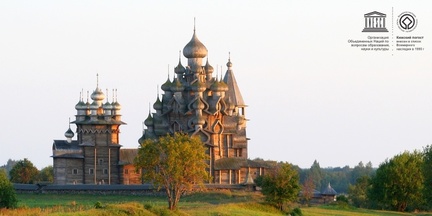MajKira
King
get yur troll infraction yurself Mfokker
yu such full idiots cannot shut yur fool upp
you know much about huns, so tell fokking trash here , goo on
trash cfc is what its for, for that
Moderator Action: Infracted for flaming. Again.
Please read the forum rules: http://forums.civfanatics.com/showthread.php?t=422889
yu such full idiots cannot shut yur fool upp
you know much about huns, so tell fokking trash here , goo on
trash cfc is what its for, for that
Moderator Action: Infracted for flaming. Again.
Please read the forum rules: http://forums.civfanatics.com/showthread.php?t=422889


.jpg)





 ). We can discern things about peoples societies from their language, as well as basic understanding on their history.
). We can discern things about peoples societies from their language, as well as basic understanding on their history.
